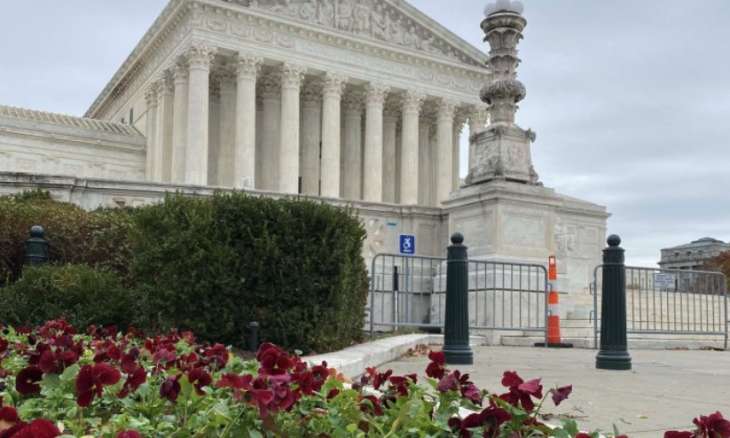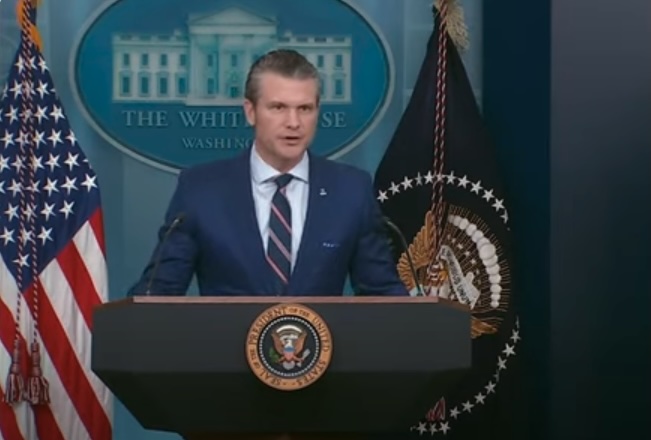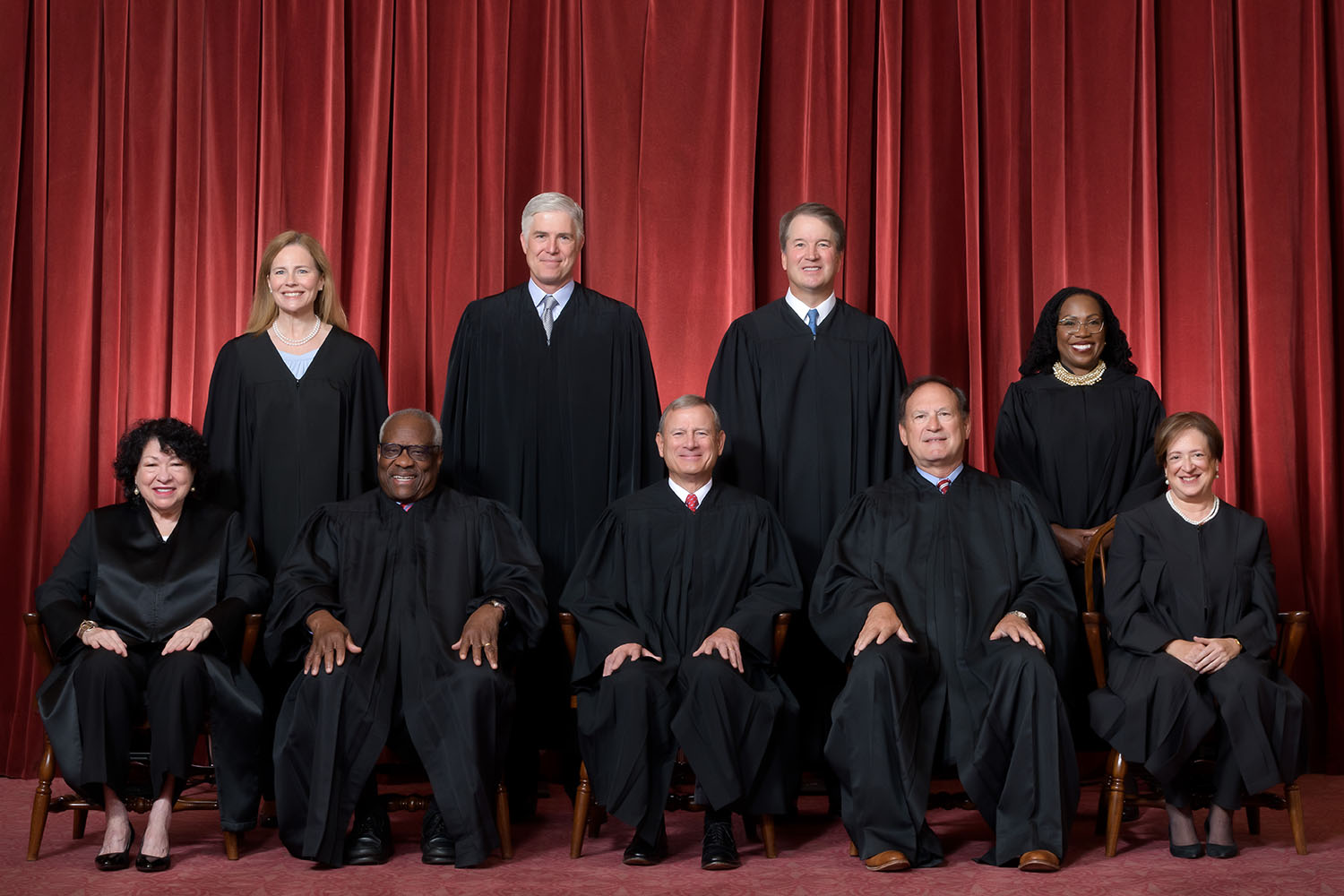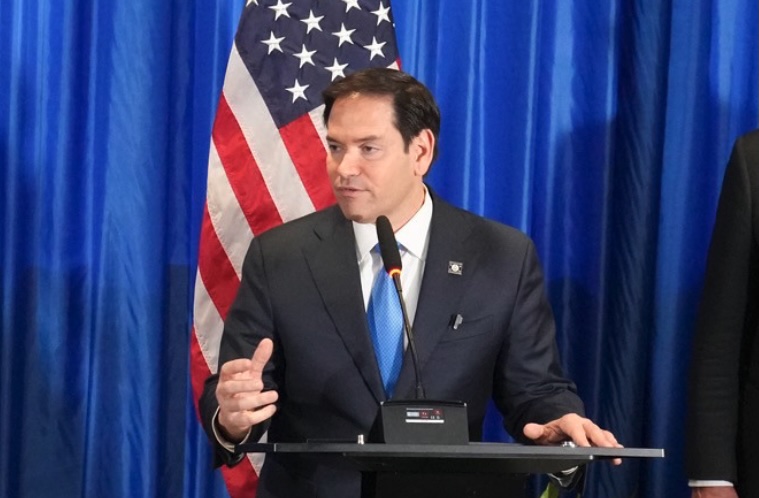Individuals would serve maximum 18 years on the high bench.
A group of House legislators introduced a bill to enact term limits for Supreme Court justices titled the Supreme Court Tenure Establishment and Retirement Modernization Act. The legislation would authorize the president to nominate Supreme Court justices every two years—in the first and third years after a presidential election. The justices who have been on the court the longest will be moved to senior status first.
If passed by both the House and Senate, those individuals would serve a maximum of 18 years on the Supreme Court. After their tenures are complete, the justices would retire from active service and assume senior status.
Representative Hank Johnson of Georgia, one of the bill’s sponsors, stated the bench “is increasingly facing a legitimacy crisis.” He added, “Term limits are a necessary step toward restoring balance to this radical, unrestrained majority on the court.”
Representative Jerrold Nadler of New York, chairman of the House Judiciary Committee, said implementing term limits for justices is “essential” amid the “out-of-touch rulings from the Supreme Court this last year.” He added, “Otherwise, we will be left with backward-looking majority for a generation or more.”
A poll from The Association Press NORC Center for Public Affairs Research showed about 2 in 3 Americans say they favor term limits or a mandatory retirement age for Supreme Court justices.
Justice Clarence Thomas is the longest-serving justice on today’s court with 30 years, followed by Chief Justice John Roberts at 16 years.
As the Lord Leads, Pray with Us…
- For representatives of the House as they propose reforming the Constitutional provisions regarding Supreme Court justices’ service.
- For the justices of the Supreme Court as they determine which cases they will hear in the fall term.
- For the president and his administration to uphold the law, the Constitution, and the balance of powers therein.
Sources: The Hill, Reuters, AP, NBC News









